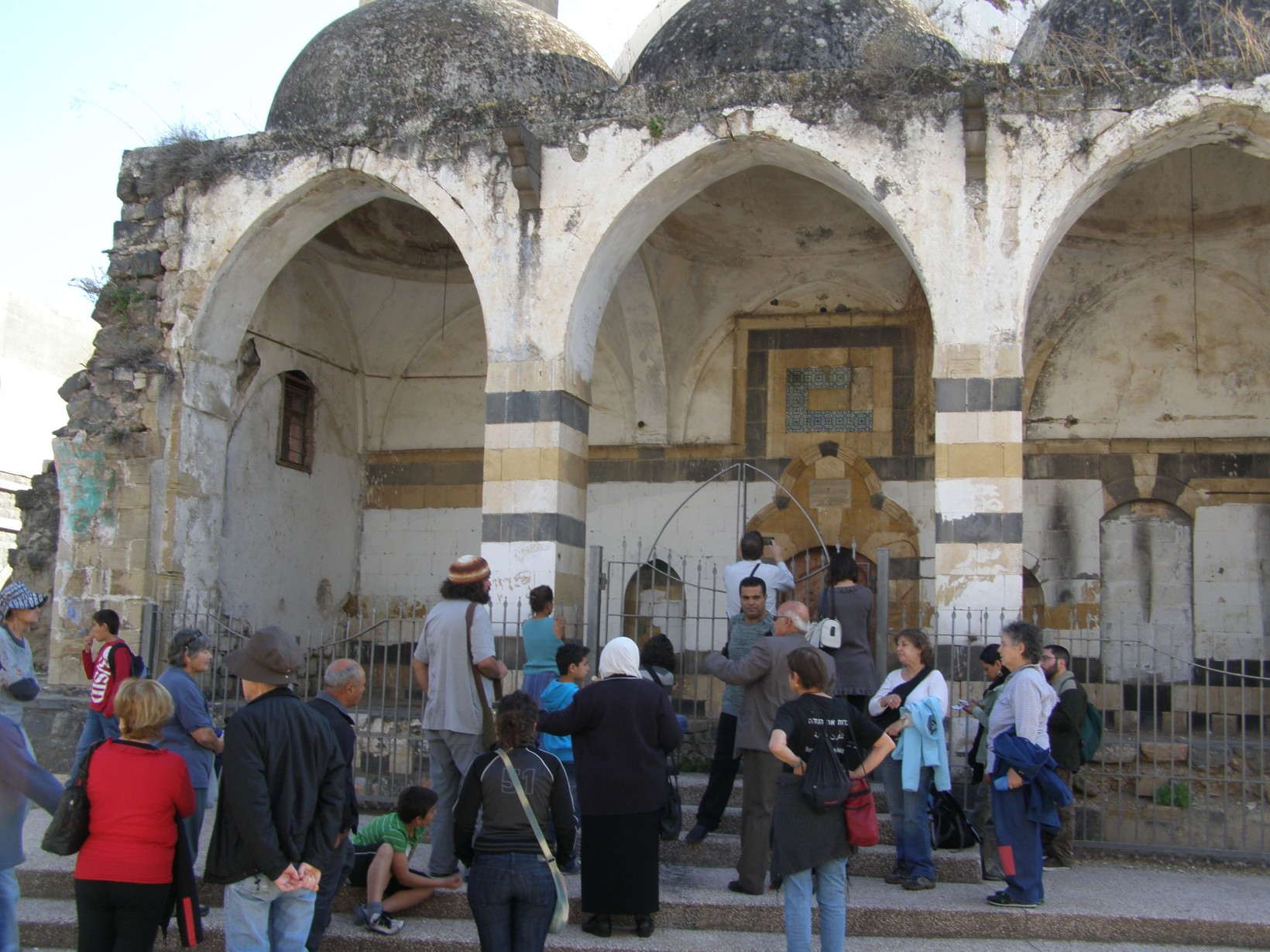Two refugees, Ali al-Tabari (78) and Nawal al-Salih (75), who have never met before, led the tour in which 30 people participated to learn about the Nakba experiences of Tabariyya's (Tiberias') Arab inhabitants.
Tiberias, April 18, 1948: The town's 4,000 inhabitants leave it in panic on trucks provided by the British military. Haganah troops refuse a request by the Palestinian community leaders to observe a cease fire in town. The British, at that time still the authority in Palestine, announced that they were unable to vouch for the safety of Tiberias' Palestinian population, and recommended that they leave town.
Tiberias, November 26, 2011: The tour reconstructed some pieces of the rich mosaic of pre-Nakba life in Tiberias, invoking forgotten family and place names, and pointing at Palestinian houses that are now empty of Palestinians. The refugee guides shared childhood experiences and told us about the experience of deportation and their sense of loss.
At the parking lot of the Caesar Hotel, Ali al-Tabari said: "Here was the diwan (council house) of the al-Tabari family. My uncle, Nayif al-Tabari, was well-known in the area. Here is where he lived. Here is where he admitted applicants and resolved conflicts – both the British and the Jews used to confer with him. This was the central area of the Old City of Tiberias. The al-Tabari family houses also used to stand here. Israel demolished all the houses that used to be here so that we won't have anywhere to return to".
The bus then took us to TIberias' Muslim Cemetery, to the south of the town. This is an abandoned cemetery that has not been used or maintained since the Nakba. Opposite the cemetery there's a sacred Muslim building which used to be dedicated to Madam Sukayna (al-Sitt Sukayna). The Jews converted it into a Jewish holy site. Only a street used to separate the Jewish and Muslim cemeteries.
At the other end of town, at Jub al-Ban Neighborhood – today Golani and Palmach streets – we walked among the Palestinian houses on both sides of the Golani street. Most of them are now home to Jewish families and some of them seem abandoned and derelict. Ali al-Tabari began naming the houses' Palestinian owners, all of whom are now refugees living outside Israel. There were also several houses owned by his family. Two Jewish tenants came out of one of these houses. One of them, Meir 'Atiya, asked Nawal al-Salih, who wore traditional Muslim attire, "Which house are you looking for?" The association between her clothing and the houses seemed natural to him. The "new" tenants have apparently already met refugees who came there looking for their houses. 'Atiya, an older man in his seventies and a scion of a Jewish family which immigrated from Algeria 170 years ago, is fully aware of the fact that he lives in a house that belongs to a refugee – As'ad Na'na'a who now lives in Lebanon. The two refugees and two Jewish tenants conversed in Arabic and reminisced on the old Tiberias, asking each other about shared acquaintances, both Arabs and Jews. At the end of their fascinating conversation, Meir said he believed Palestinians have nothing to look for in Israel. Bygones are bygones, and now there's a new generation of both Arabs and Jews who'll never agree to live here together.
The tour proceeded to the pre-Nakba town hall, today on al-Hadif Street, named after Mayor Zaki al-Hadif (1928-38), who was assassinated by Arab insurgents. On the same street, we stopped near the Christian Cemetery, which is also neglected, with some of the tombstones broken. Opposite the cemetery stands an almost triangular basalt stone building which used to serve as the Arab Bank managed by Sudqi al-Tabari, our guide's cousin. At the end of the street and to the left, before the traffic light, there are two buildings formerly owned by al-Khartabil family, one of the town's wealthiest Palestinian families prior to 1948. These are elongated buildings with balconies on the two top floors and shops on ground level.
At the traffic light, we turned right on Hayarden Street. Here there used to be a broad courtyard. Nawal al-Salih said that the British had held a ceremony here for Prince Abdullah, who was to become Jordan's first king in 1946. Ali al-Tabari remembers that the courtyard used to be a marketplace.
We turned left on Hagalil Street. At the corner of Hagalil and Hayarden, diggings are now being carried out in order to repave the street to render it religiously accessible to Jewish priests (see third link below). The diggings involve the uprooting of 80 year-old trees. The town park used to be located parallel to Hagalil Street on the right. On the left, there is a commercial center still owned by al-Tabari family. The family members who remained in Israel managed to reclaim their ownership after a legal battle. Down the street, on the corner of Hakishon Street, stands a commercial building which used to be al-Khartabil family's Al-Jalil (Galilee) Hotel.
We continued down al-Samak (fish) Street towards the Sea of Galilee. Here there used to be stores owned by both Arabs and Jews. "Here was your home", said Ali to Nawal. "They demolished it". Nawal told us she came here in the 1950s on a school trip (at the time she studied in Nazareth). She came up to her former home and knocked on the door but the Jewish tenants kicked her out. "It was here that my sister was injured by Jewish shooting prior to the deportation", she said. "They shot at us from the end of that street", she added, recalling their last anxiety-ridden days in Tiberias. "Our boys also returned fire. Ali took us towards the beach. On the way we passed by the Jewish synagogues which used to be adjacent to both the mosque and the churches. Rabbi Haim Abulafia, who gave his name to the ancient synagogue, was invited to Tiberias in 1742 by its Arab governor Dhahir al-Umar in order to renew Jewish religious and cultural life in town.
When we arrived at the seafront, we hung a sign saying that the prior to 1948 this seafront used to be Al-Bunt Street. People used to spend their leisure time here in those days as well. Ali al-Tabari and Nawal al-Salih recalled how they used to play here on the beach and swim as kids. "Here used to be Café al-'Ilabuni, these were the stairs leading down to the beach – the water was much higher then, they reached as high as the cafés", said Ali.
At the corner at the end of al-Bunt Street we passed by the Kawkab al-Sharq (Oriental Star) Hotel; today this is a boutique hotel called Shirat Hayam (Song of the Sea). We turned left towards the Scottish Square next to the Scottish Hotel which was originally the town's first hospital built at the end of the 19th century. The locals used to also call it Torrance Hospital after the Scottish doctor who built and ran it.
Opposite the Scottish Hotel, across Hayarden Street, was the Arab Old City Neighborhood, where a pharmacy owned by two members of the al-Tabari family used to stand next to Bank Leumi. Al-Zayidani Mosque (built in 1743) used to stand at the heart of the neighborhood. Around it were Palestinian shops and residential buildings, all of which are gone now. Ali: "I was born right here, and right there was the truck which drove us for the last time out of Tiberias in 1948. The convoy of trucks laden with Palestinians drove through that street, which is now called al-Hadif Street, towards Nazareth; it was accompanied by British tanks". The mosque, which still stands, seems completely out of context. It was used as a house of worship for more than 200 years. However, prayers stopped in 1948 together with all other aspects of Palestinian life, as the State of Israel was being established.
Hana Safran wrote the following after participating in the tour:
“It's not easy to calm down after returning home from a Zochrot tour. Yesterday's tour in Palestinian Ṭabariyyah (Tiberias) was no exception. On a sunny winter day, Ali al-Tabari and Nawal al-Salih, together with Umar al-Ghubari, took us back to the days before 1948. Immediately at the start of our tour at Jub al-Ban Neighborhood we were approached by two religious Jews who started a conversation in Arabic. Clearly, everyone was excited. It was a talk among people who lost the Ṭabariyyah of their childhood, whose hometown was eradicated as if it had never existed. It was hard for them to let us go. They talked about old acquaintances and for a moment we could get a real sense of the life shared by Jews and Arabs before the town was destroyed. We saw things that are difficult to notice in an ordinary visit to Tiberias. We could picture that little town, with its courthouse, municipality building, mosques, churches and synagogues. We saw the remains and especially the destruction. Gradually, as we walked down the street, we began to imagine the town as it used to be. Large hotel buildings completely devoid of any local urban context now tower over the old marketplace, which used to teem with crowds of Arabs and Jews, women and children. I had visited Tiberias several times in the past but never sensed its beauty hidden underneath its ruins and parking lots. Returning to 1948 with Zochrot is a formative experience, a profound conceptual transformation. The landscape is no longer as described to us in schools and youth movements. The irretrievable loss of the land which used to be here troubles me and I can find no consolation. Thank you, Umar, thank you Zochrot. “
-------------------
By Umar al-Ghubari
Translated by Ami Asher
Photos by Qamar Watad
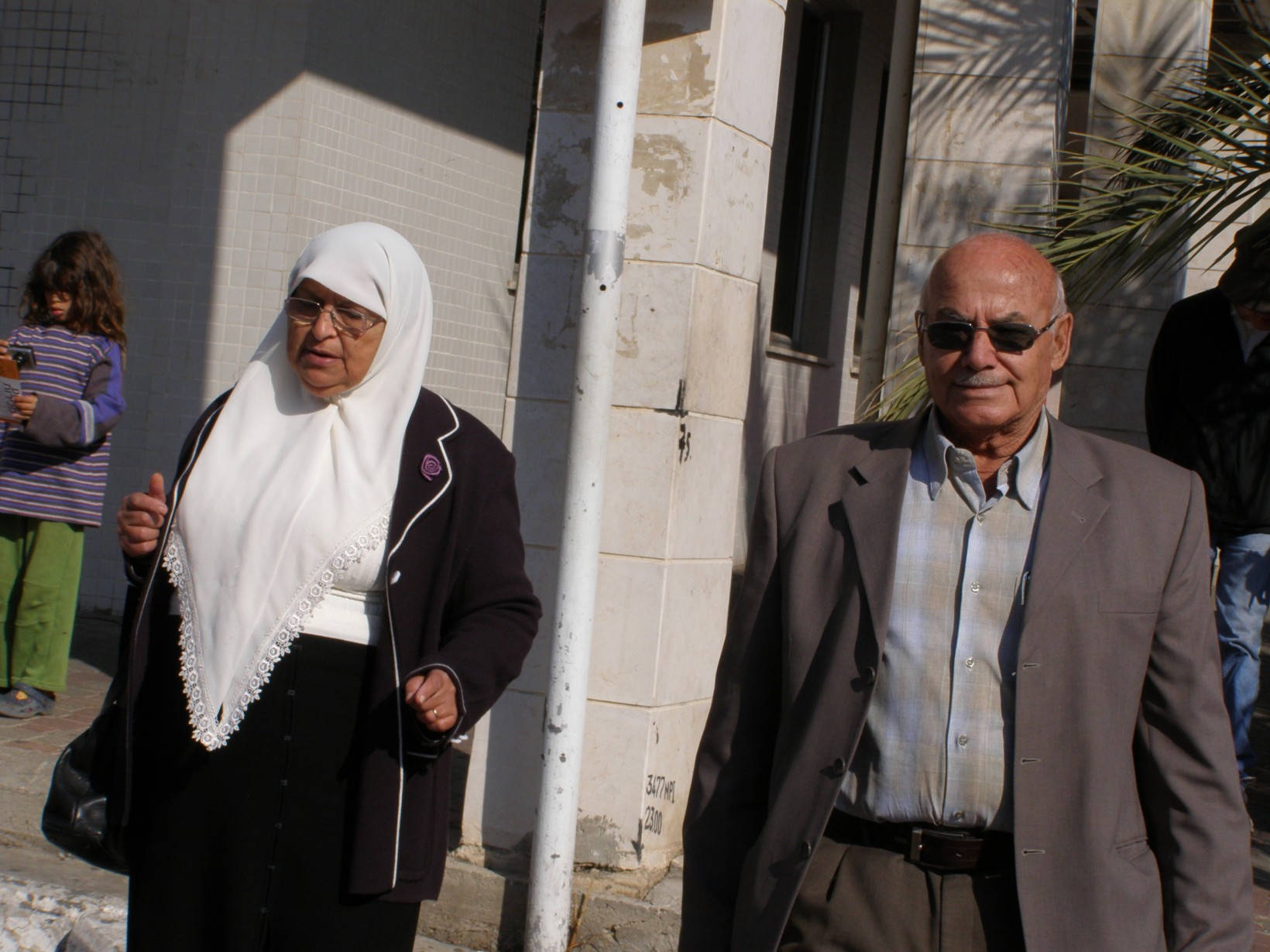
جولة في مدينة طبرية / סיור בעיר טַבַּרִיָּה
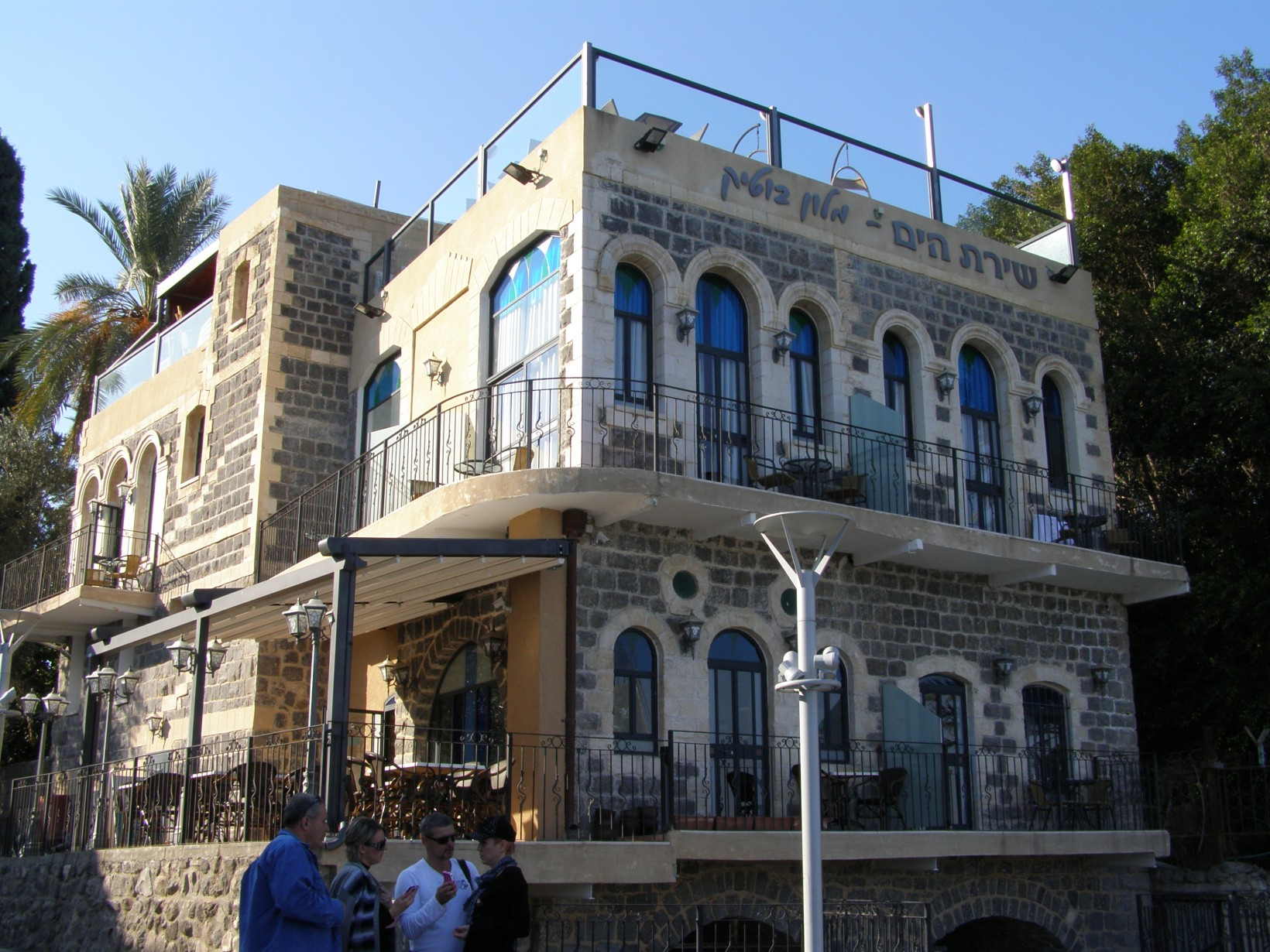
جولة في مدينة طبرية / סיור בעיר טַבַּרִיָּה
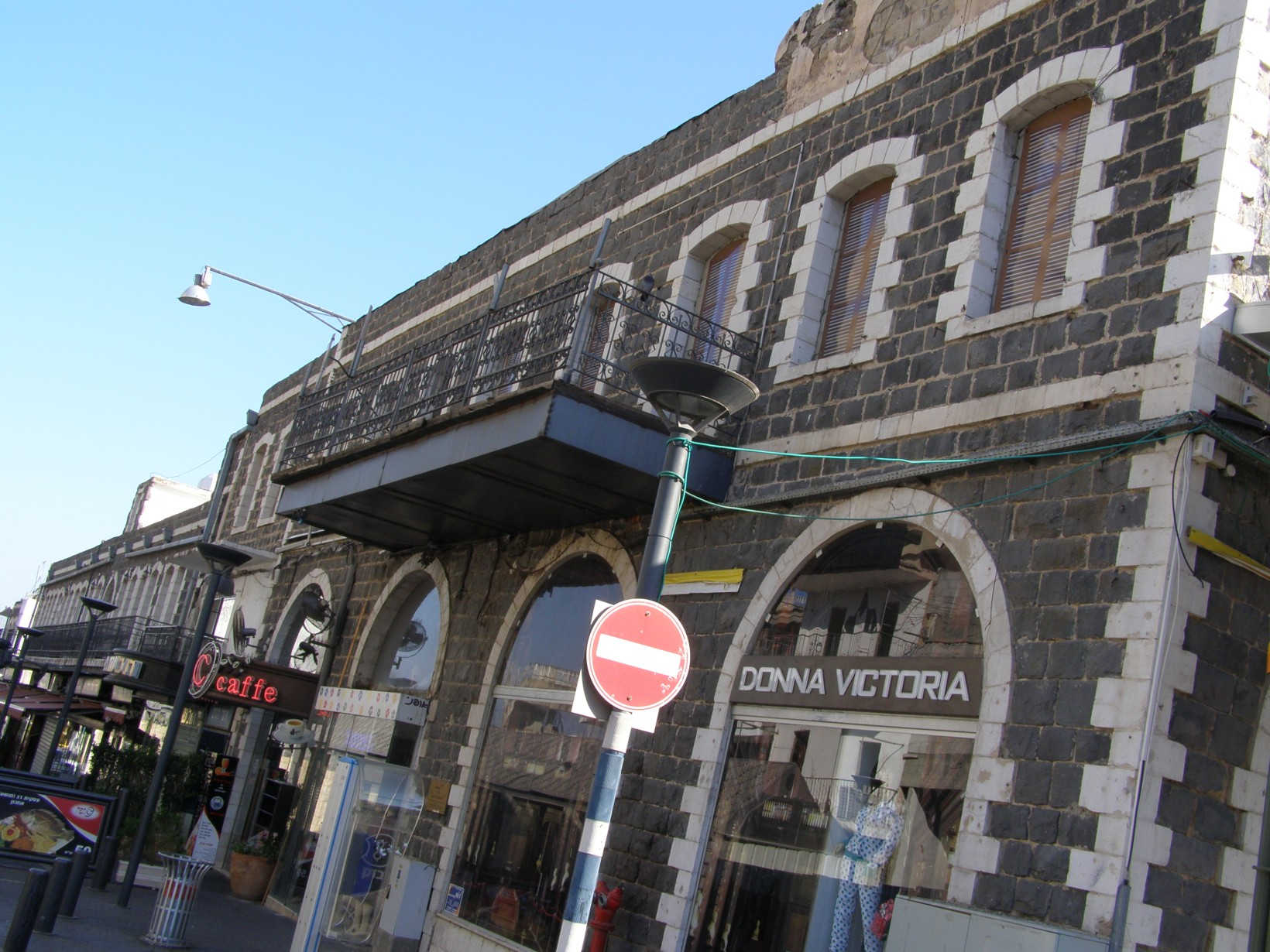
جولة في مدينة طبرية / סיור בעיר טַבַּרִיָּה
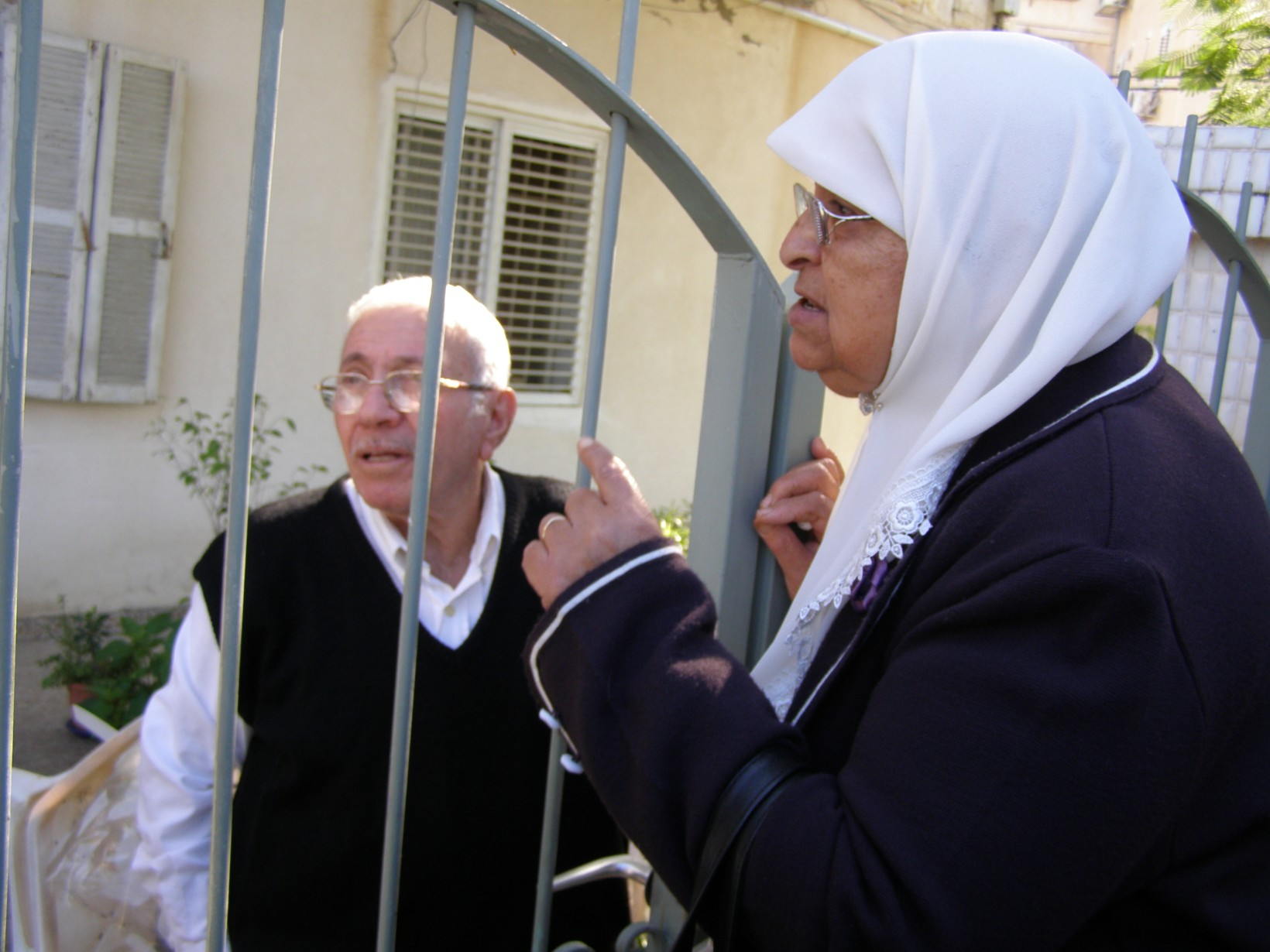
جولة في مدينة طبرية / סיור בעיר טַבַּרִיָּה
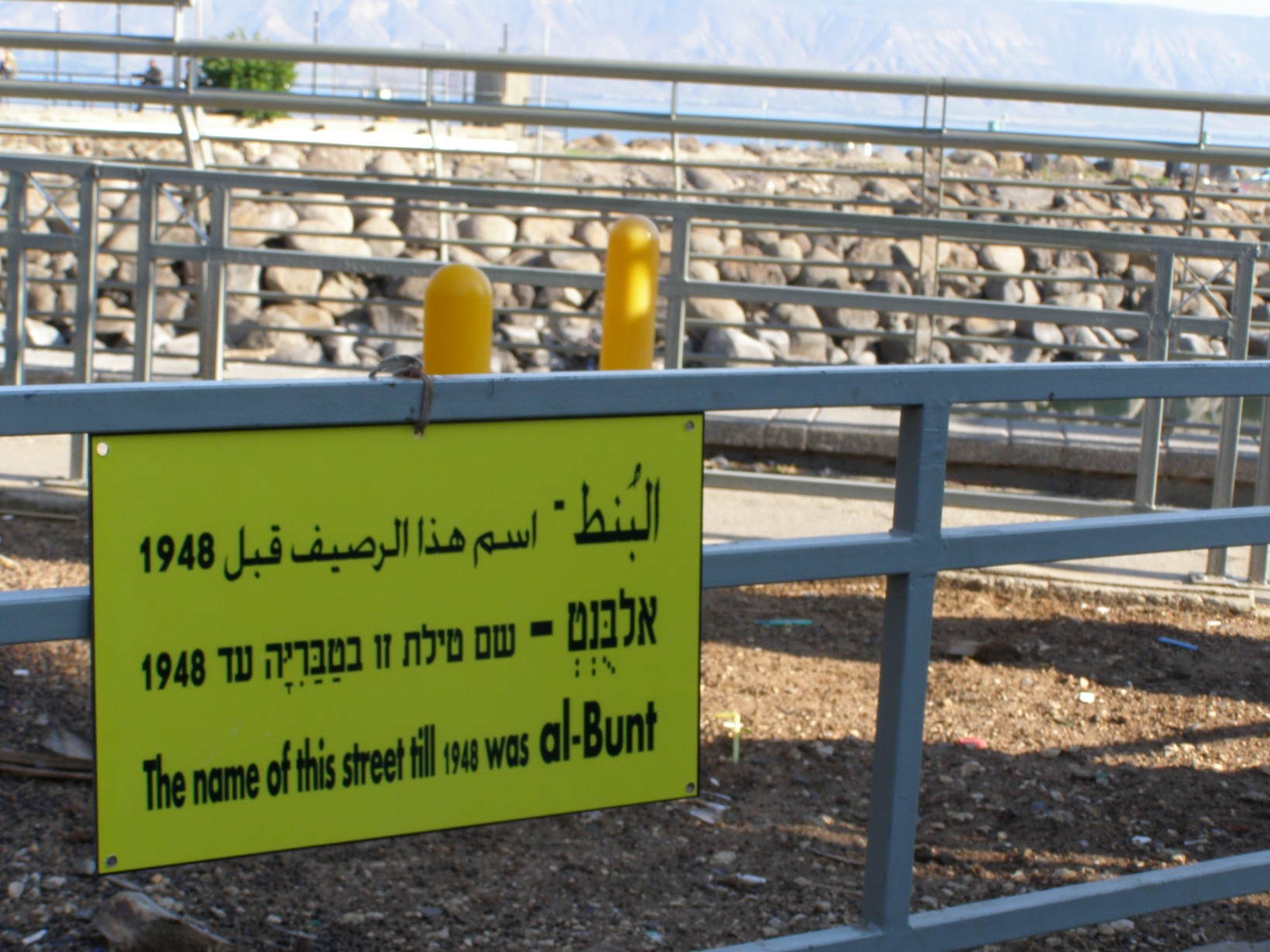
جولة في مدينة طبرية / סיור בעיר טַבַּרִיָּה
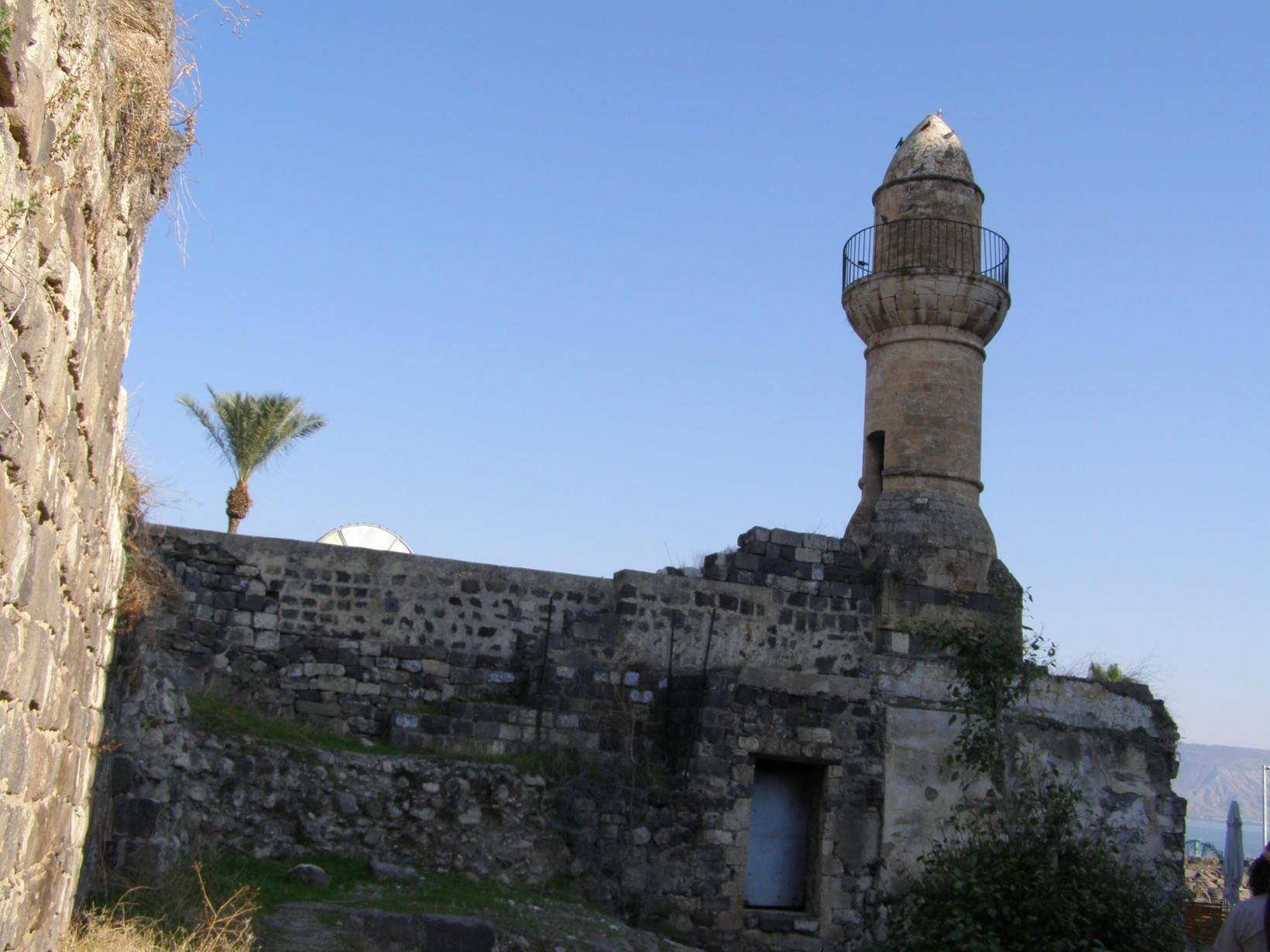
جولة في مدينة طبرية / סיור בעיר טַבַּרִיָּה
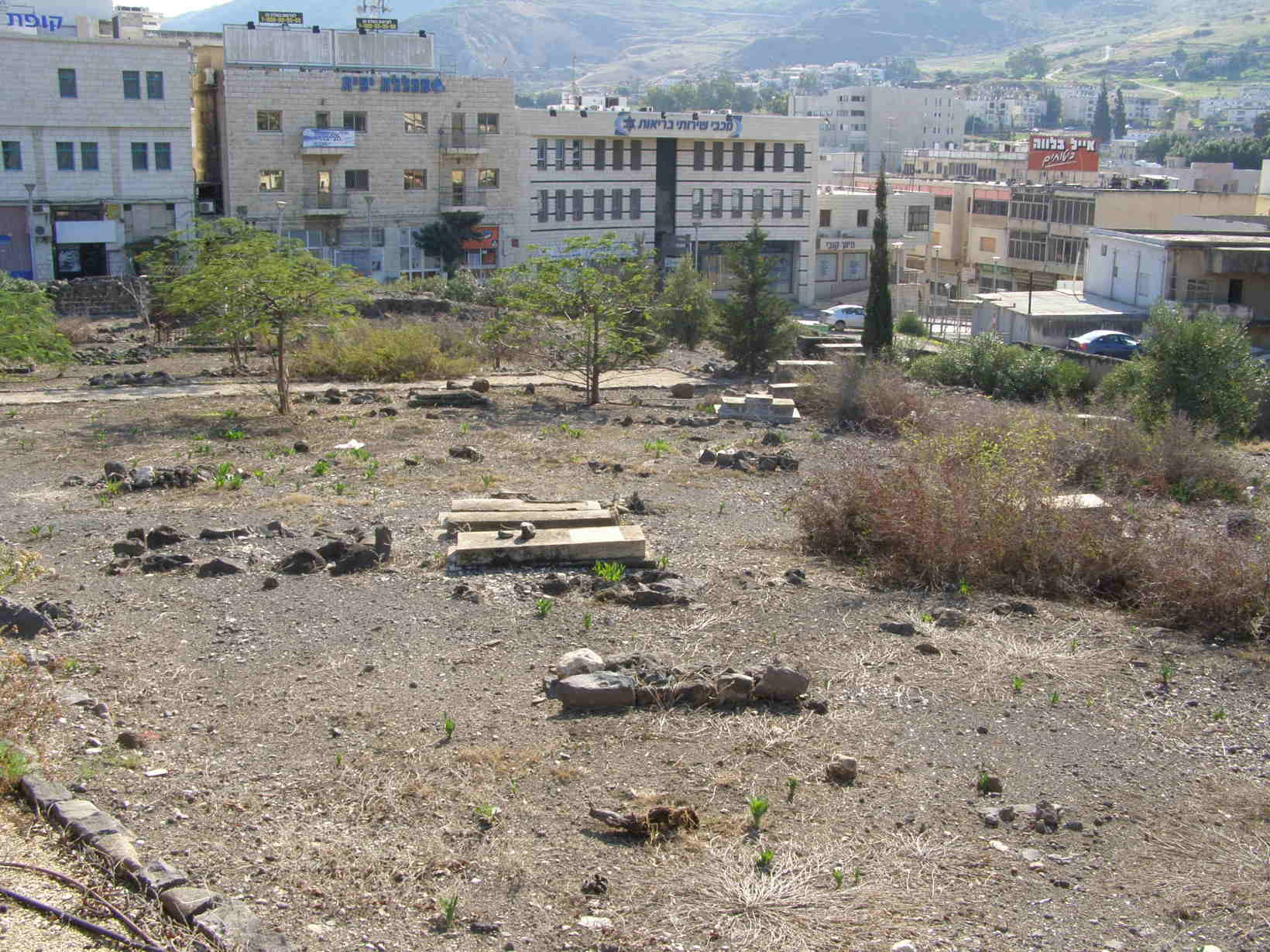
جولة في مدينة طبرية / סיור בעיר טַבַּרִיָּה
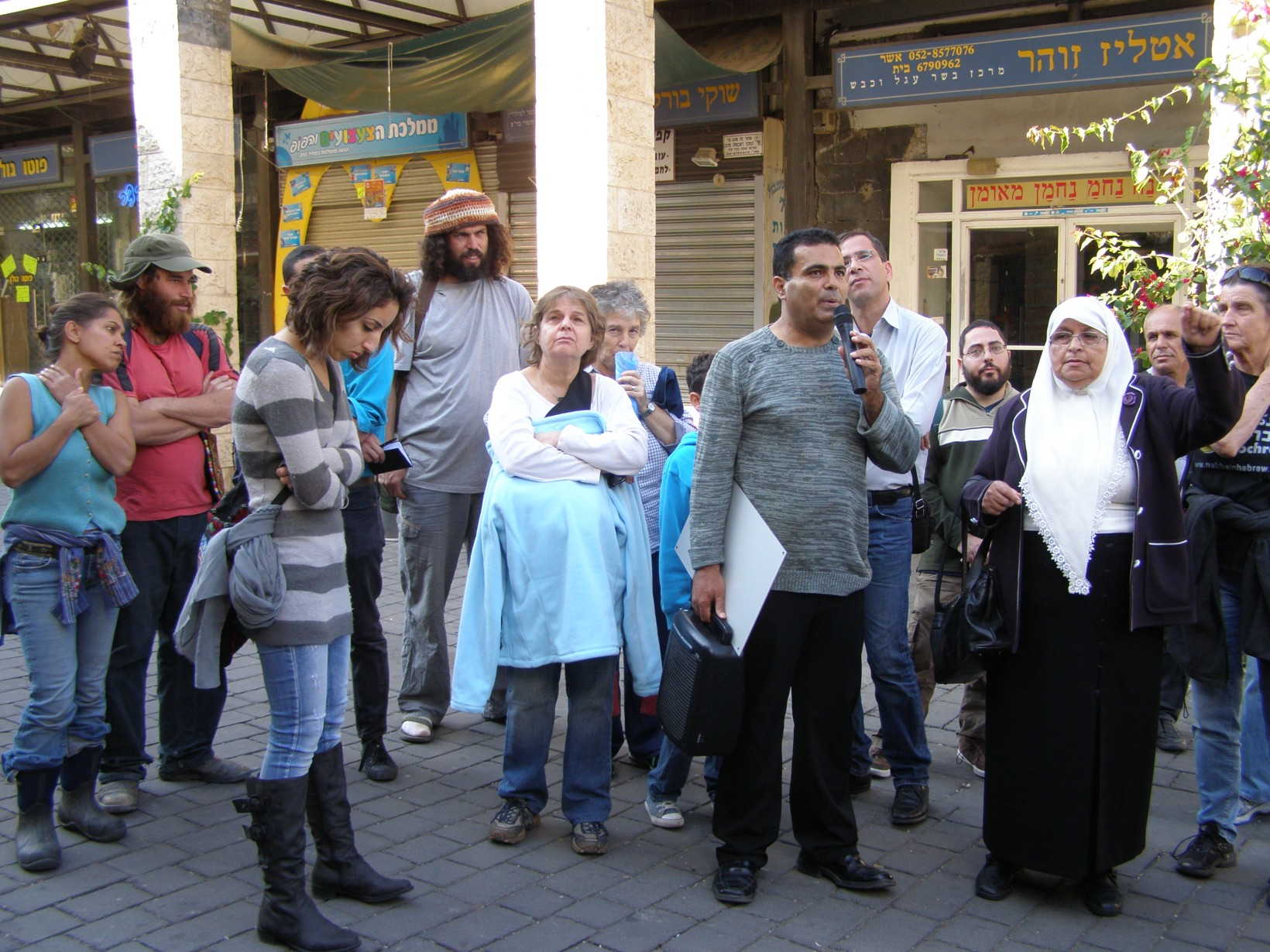
جولة في مدينة طبرية / סיור בעיר טַבַּרִיָּה
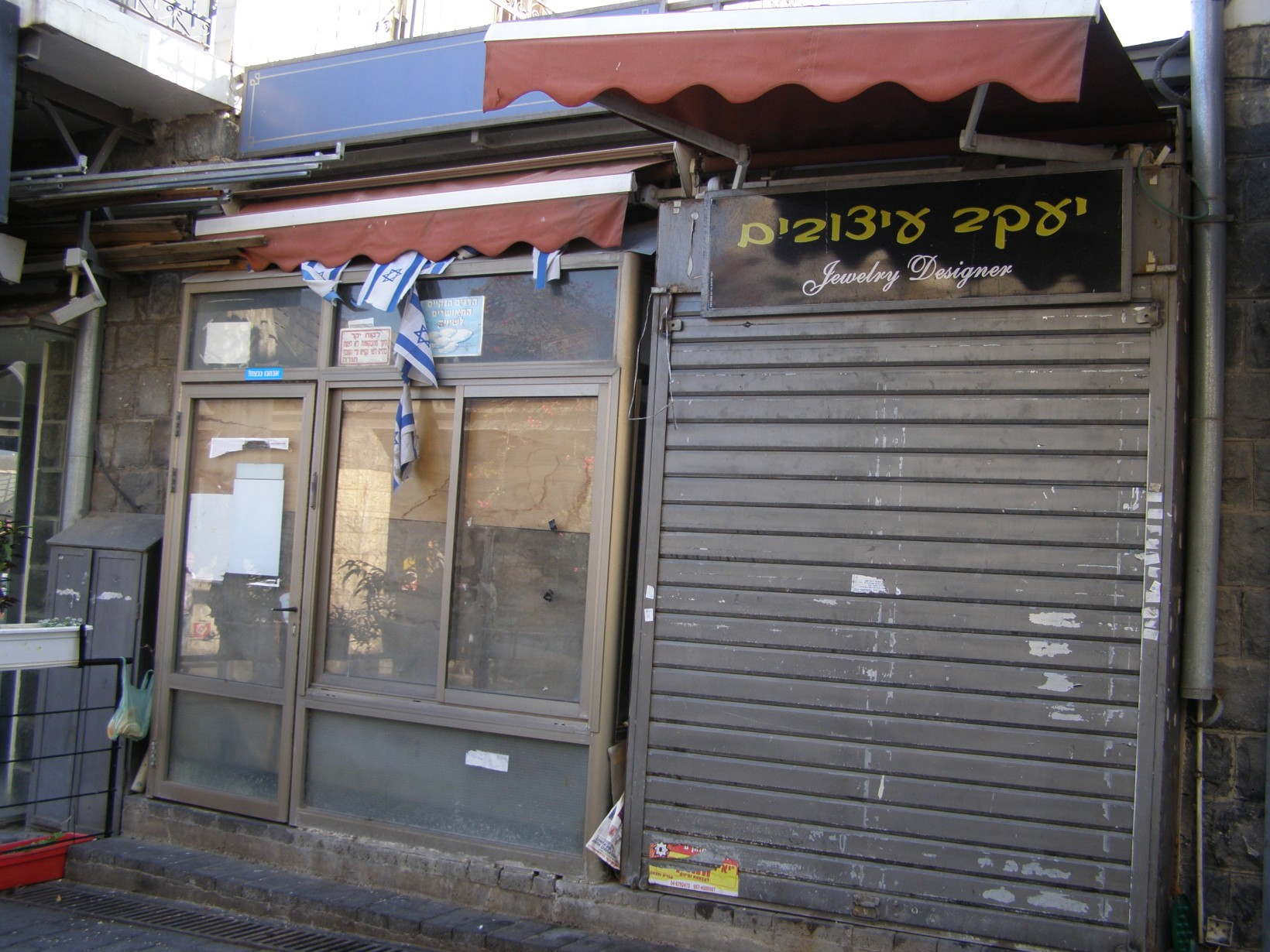
جولة في مدينة طبرية / סיור בעיר טַבַּרִיָּה
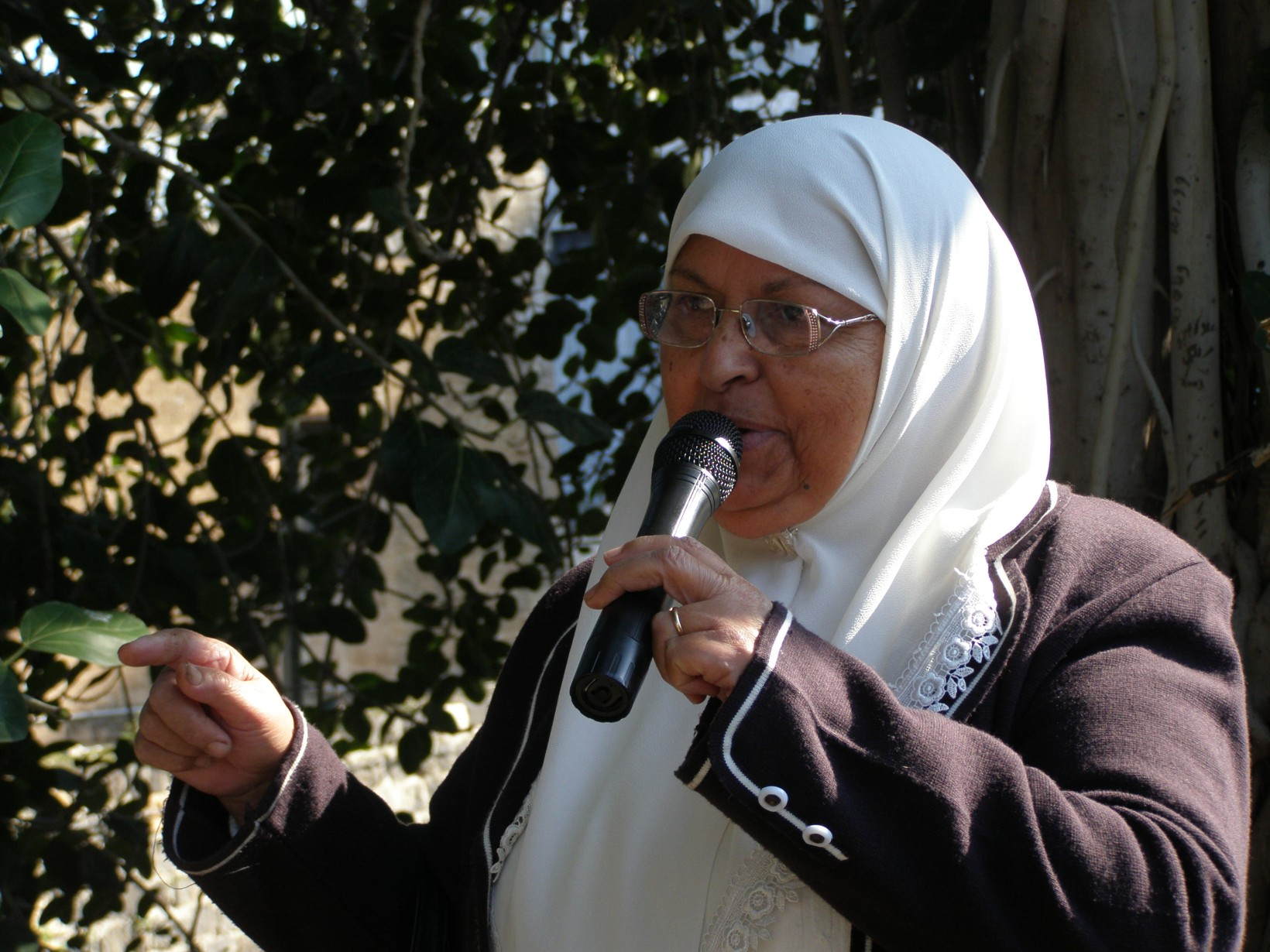
جولة في مدينة طبرية / סיור בעיר טַבַּרִיָּה



